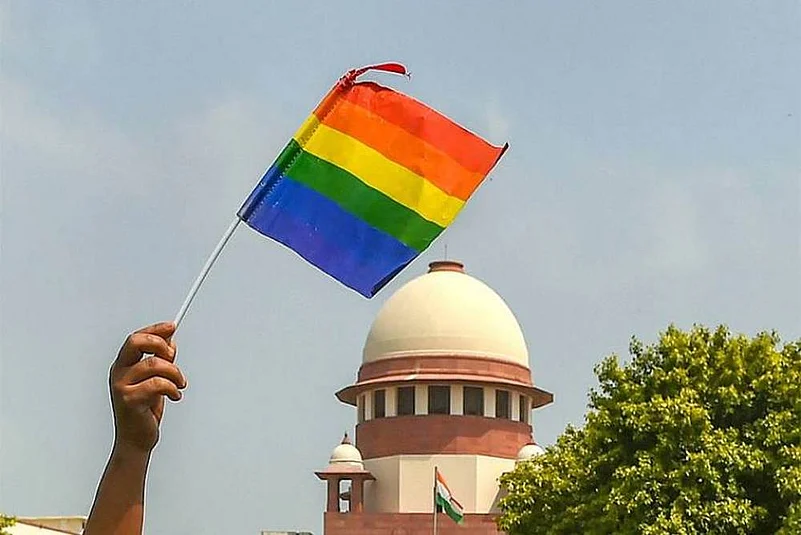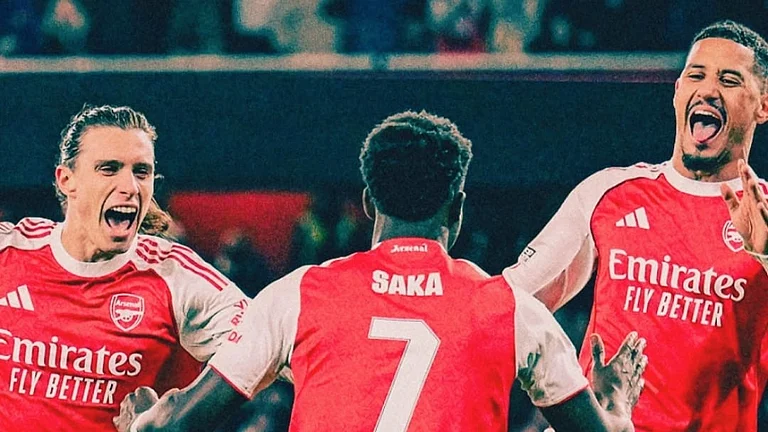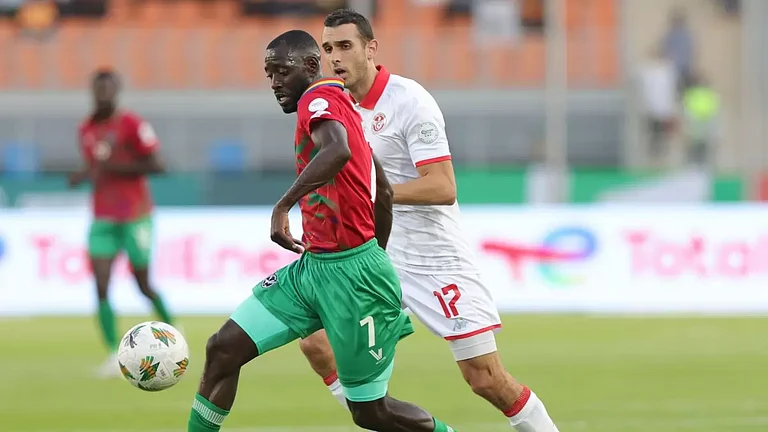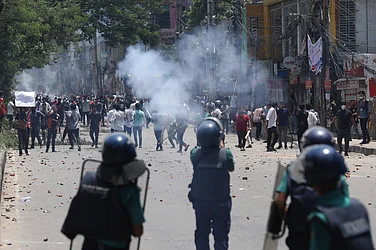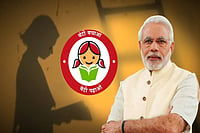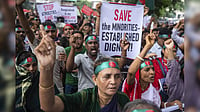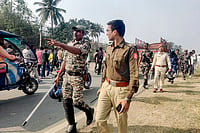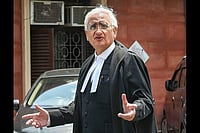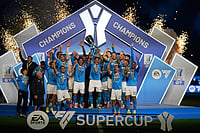Over the course of the past two weeks, the Supreme Court has been hearing a batch of petitions by 18 LGBTQ couples seeking the legalisation of same-sex marriages in India. The apex court has made various observations on gender, relationships, family, the stigma and more surrounding the LGBTQIA+ community.
The lead petitioners, Supriya Chakraborty and Abhay Dange, have argued that the non-recognition of same-sex marriage causes discrimination and denies the couples as citizens of the country. However, the Centre has been firm on its stance vehemently opposing marriage equality, invoking the “accepted view” of marriage between a biological man and biological woman, even as the five-judge constitution bench headed by Chief Justice of India DY Chandrachud countered the notion saying there was no “absolute” concept of gender.
Nearly five years after homosexuality was decriminalised, the pleas are being heard in reference to the Special Marriages Act of 1954, which allows couples to register marriage if they cannot marry under personal laws. The hearing will resume again on May 3.
Here are the key takeaways from the same-sex marriage hearing so far:
The ‘urban elitist’ debate
The Centre, in its submissions before the top court, questioned the maintainability of the petitions and said that the same-sex marriage petitions represent "urban elite" views. It said that the legislature will have to take into account the “broader views and voice of all rural, semi-rural and urban population, views of religious denominations keeping in mind personal laws as well as and customs governing the field of marriage together with its inevitable cascading effects on several other statutes".
The Supreme Court rejected the Centre’s view saying it did not have any data to prove the same. Just because more people from cities are coming out of the closet, the top court said, does not make it an ‘urban elitist’ concept.
Biological gender is not ‘absolute’
Senior advocate AM Singhvi, appearing for one of the petitioners, said same-sex marriage was a narrow term and if the Supreme Court were to grant marriage equality to gay couples, it should be for consenting adults across "bodily gender and sex spectrum".
Solicitor General Tushar Mehta, appearing for the Centre, countered Singhvi saying the “biological gender was the gender of a person” but he was immediately intervened by the CJI who said there is no “absolute concept of a man or an absolute concept of a woman”.
The Supreme Court observed that gender is “far more complex” than one’s genitals. “So, even when the Special Marriage Act says man and woman, the very notion of a man and a woman is not an absolute based on genitals,” CJI Chandrachud said.
‘Bouquet of rights’ being denied
Another major point made by the petitioners was that by denying marriage, the LGBTQIA+ community was also being denied the bouquet of rights that came with it. These rights include legal benefits such as tax benefits, medical rights, inheritance, adoption, among others.
Senior advocate Maneka Guruswamy, taking a stand for the queer petitioners, said that marriage is “not only a question of dignity but a bouquet of rights that LGBTQ people are being denied”.
The Centre has said the court cannot give additional rights to non-heterosexual marriages under the Special Marriage Act that because the “legislative intent” of marriage in India has always been about the “relationship between a biological man and a biological female”.
Gendered terms
The Centre, in its arguments against marriage equality, raised concerns about specifying ‘mother’ and ‘father’, ‘husband’ and ‘wife’ in a same-sex marriage. The apex court, in response, observed that it was time to update the laws on gendered terms.
Prior to that, senior advocate Jayna Kothari, appearing for the petitioners, had said that the right to family must be recognised under the right to life that falls under Article 21, which includes the right to marry. Kothari had said the right to marry must be granted to same-sex couples and added that the Special Marriage Act can be read to mean husband and wife as spouse and man and woman as persons.
Solicitor General Tushar Mehta argued that if both parties in a marriage are referred to as “persons”, a number of administrative problems will arise. Unlike heterosexual marriage, he asked, if a person died, who would be called the widow or widower? He also raised the issue of mother and father and argued that it will become a problem in passports and other documentation. “For domicile, it cannot be decided who will be the woman. For passports etc, this issue will arise. Succession act provides for the widow, widower, husband, wife, father, mother etc,” he told the court.
Who should decide on the right to same-sex marriage?
Solicitor General Tushar Mehta, appearing for Centre, asked the Supreme Court to “let the Parliament decide” on granting equal marriage rights to same-sex couples. Mehta said that the court was dealing with a very complex subject that has a profound social impact that needs to be decided by the people.
SG Mehta’s statements were reiterated by home minister Amit Shah and law minister Kiren Rijiju as well, on separate occasions.
Meanwhile, the Bar Council of India passed a resolution opposing the grant of legal recognition to same-sex marriages. The resolution emphasized India as a diverse country with a mosaic of beliefs, and any matter that is likely to tinker with the fundamental social structure should necessarily come through the legislative process.
The resolution has been criticised by many, including by Queer and allied student groups from 36 law schools in India who described it as “ignorant and harmful”.






